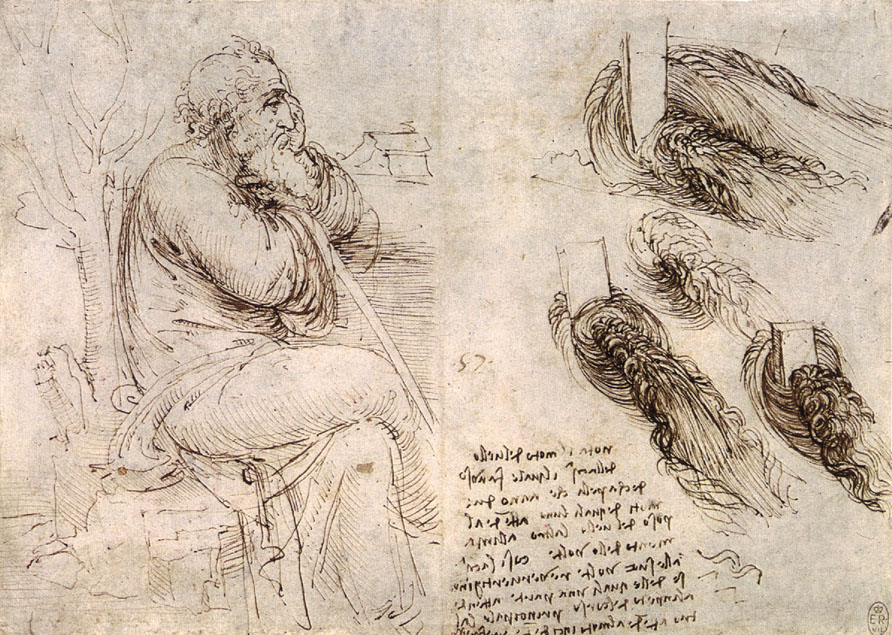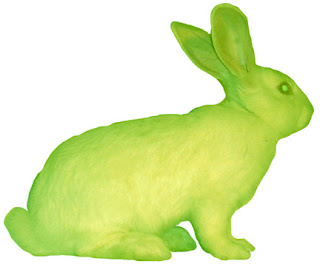 |
| http://www.history.com/topics/ancient-history/the-egyptian-pyramids |
The first time I saw Ellsworth Kelly’s paintings/sculptures I was a high school student visiting Washington DC. The work was direct and palpable. To me the paintings seemed monolithic and akin to the blunt but elegant geometry of the Egyptian Pyramids. I did not know what to make of it. The fact that the work had an author seemed irrelevant. The name Ellsworth Kelly seemed fictional, like a symbol rather than a person I could know. Kelly Ellsworth seemed more accurate. While more informed, years later these feelings lingered. The exact meaning of the shape and color does not hide (there is little attempt at illusion). This caused a mix of pleasure and consternation. While I knew who made the work, color and purity does not have an author.
Now that Kelly has passed away, I am confronted with the question of whether biography matters? I learned that he served in the military and that he studied in Paris. I enjoyed seeing images of him and his studio (here is his New York Times obituary and a recent lecture). With this knowledge, he became a figure of greater depth. While I will never know Ellsworth Kelly personally, I will live with the shapes and colors he fashioned. Kelly’s paintings and sculptures are built from math and precise chroma, but they are also breath. Since I only have pictures, It would be nice to go to Egypt and see if my analogy holds true. However, judging from afar I think there is room to make this connection.
 |
| Ellsworth Kelly, “Red Curve.” 1986. Painted aluminum, 120″ x 204″ x 1/2″ (304.8 x 518.2 x 1.3 cm) |








